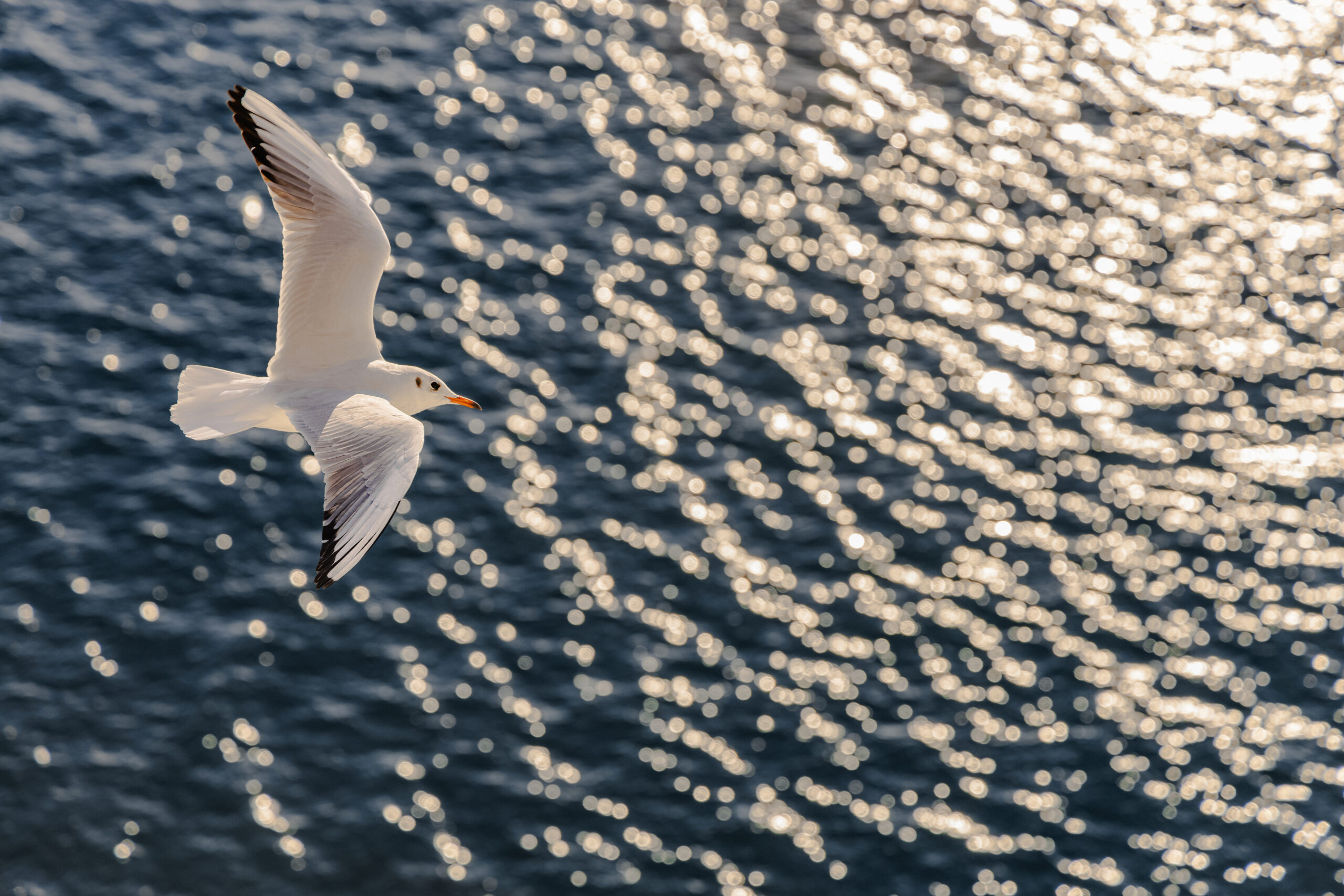
26.05.2025
More Affordable Monitoring of Offshore CO₂ Storage
A collaboration between SINTEF and the French company Geniwind, could enable more cost-effective and flexible monitoring of offshore CO2 storage.
The project began when Pierre Cerasi, Senior Research Scientist at SINTEF Industry, met Geniwind at a conference in Bergen. With a background in offshore wind, Geniwind presented an autonomous seabed monitoring concept. – I thought this could be used for monitoring offshore CO2 storage sites in a much more affordable way than today’s seismic campaigns, Cerasi says.

Moderate Budgets
The collaboration led to an idea development project supported by CLIMIT Demo. Total budget was NOK 300,000, half of which was covered by CLIMIT. SINTEF financed the rest with internal funds. This preliminary phase was completed March 2025.
How to Monitor CO2 Storage for “Eternity”?
CO2 storage in the subsurface requires long-term monitoring to ensure the gas remains where it is intended. But who covers the cost of monitoring over decades or centuries? Pierre Cerasi emphasizes that new solutions must be both cost-effective and operationally practical. – If we can install monitoring equipment deep below the seabed, we reduce noise from all ocean activity and complications from sound wave reflections off the seabed. By staying below 100 meters depth, we avoid much of the noise and can install equipment using simple mechanical drilling, he explains.
The Solution Proposed by SINTEF and Geniwind Includes:
- Shallow wells that can be hammered into the seabed, eliminating the need for drilling rigs. These are equipped with fiber optics and sensors measuring pressure, temperature, and deformation
- Autonomous underwater vehicles that retrieve data from the wells and seabed nodes
- Minimal installation – no need for complex or expensive offshore operations
Costs Must Come Down
A crucial part of the development has been identifying the right depth – deep enough to yield reliable data, but shallow enough to keep costs low. Fiber-optic cables provide high resolution and multiple measurement points. They also offer flexibility for future maintenance.
– This project has, among other things, evaluated experiences from Shell’s Quest project in Canada, which uses highly advanced technology. Pierre Cerasi and his colleagues conclude that most measurements could have been carried out with simpler and cheaper methods. This is highly valuable insight because costs throughout the chain must come down for CCS to succeed globally, says Ernst Petter Axelsen, Gassnova’s representative in CLIMIT and advisor to the SINTEF and Geniwind project.
What Is Already Available on the Market?
Project mapping showed that a wide range of sensors already exists – including for chemical parameters, pressure, and seismic activity. They can withstand pressure and temperature in wells down to 100 meters. This makes it possible to assemble a monitoring system without having to develop all technologies from scratch. The goal is a system that is easy to install, simple to maintain – and cheap enough to be deployed at scale.
Cross-Border Collaboration
The next step is to expand into a larger international project. SINTEF is included in the main French application, but the company must apply separately in Norway. Support from bilateral programs between Norway and France is also under consideration. SINTEF has solid experience with such cooperation, for example the CLIMIT-Demo project SNOWPACCS, with the Swiss Swisstopo a few years ago.
Towards a New Standard for Monitoring?
By combining autonomous drones, fiber optics, and strategically placed sensors, SINTEF and Geniwind are pointing toward a new generation of monitoring systems for CO2 storage. Not only can this reduce costs, but it could also make it practically feasible to monitor storage sites for centuries.
